The handshakes were firm, the backslaps frequent and the laughter plentiful, but beneath the camaraderie, French President Emmanuel Macron and U.S. President Donald Trump faced a stark divide over Ukraine.
Meeting at the White House on Monday, the two leaders rekindled their uniquely physical diplomatic dynamic – one defined by gripping hands, knee touches and arm taps.
Yet, tensions surfaced as Trump signaled a controversial shift toward Russia, forcing Macron to push back with both words and gestures.
The moment of confrontation came in the Oval Office when Trump, 78, repeated his claim that Europe was merely loaning Ukraine money.
Macron, 47, cut him off, placing a hand on Trump’s arm.
“No, to be frank,” Macron interjected. “We paid 60% of the total effort, and it was – like the U.S. – loans, guarantees and grants.”
Trump smirked. “If you believe that, it’s OK with me.”
Bond of contrasts
Despite their differences on Ukraine, their mutual admiration remained intact. Trump, ever the showman, praised Macron’s shrewdness, recalling a past trade negotiation where the French leader’s French-language assurances differed from his English translations.
Tapping Macron’s upper arm, Trump grinned, calling him a “smart customer.”
Macron responded with a hearty handshake, laughter, and what appeared to be a tear wiped from his eye.
The affection carried into the press conference.
The two shared an impromptu grip-and-grin before exchanging compliments.
Macron hailed their “friendship from your first term,” while Trump lauded his counterpart’s efforts in restoring Notre-Dame Cathedral.
“Say hello to your beautiful wife,” Trump quipped as the event wrapped.
Diplomacy is often a chess match of gestures and symbols, but few world leaders match Macron and Trump in their theatrics. Macron has long resisted Trump’s signature dominance play – his bone-crushing handshakes dating back to their first meeting in 2017 famously left Trump with white-knuckled fingers.
Their physical exchanges continued through the years, culminating in a 17-second handshake at the reopening of Notre Dame in December, a moment marking Trump’s reintroduction to the global stage.
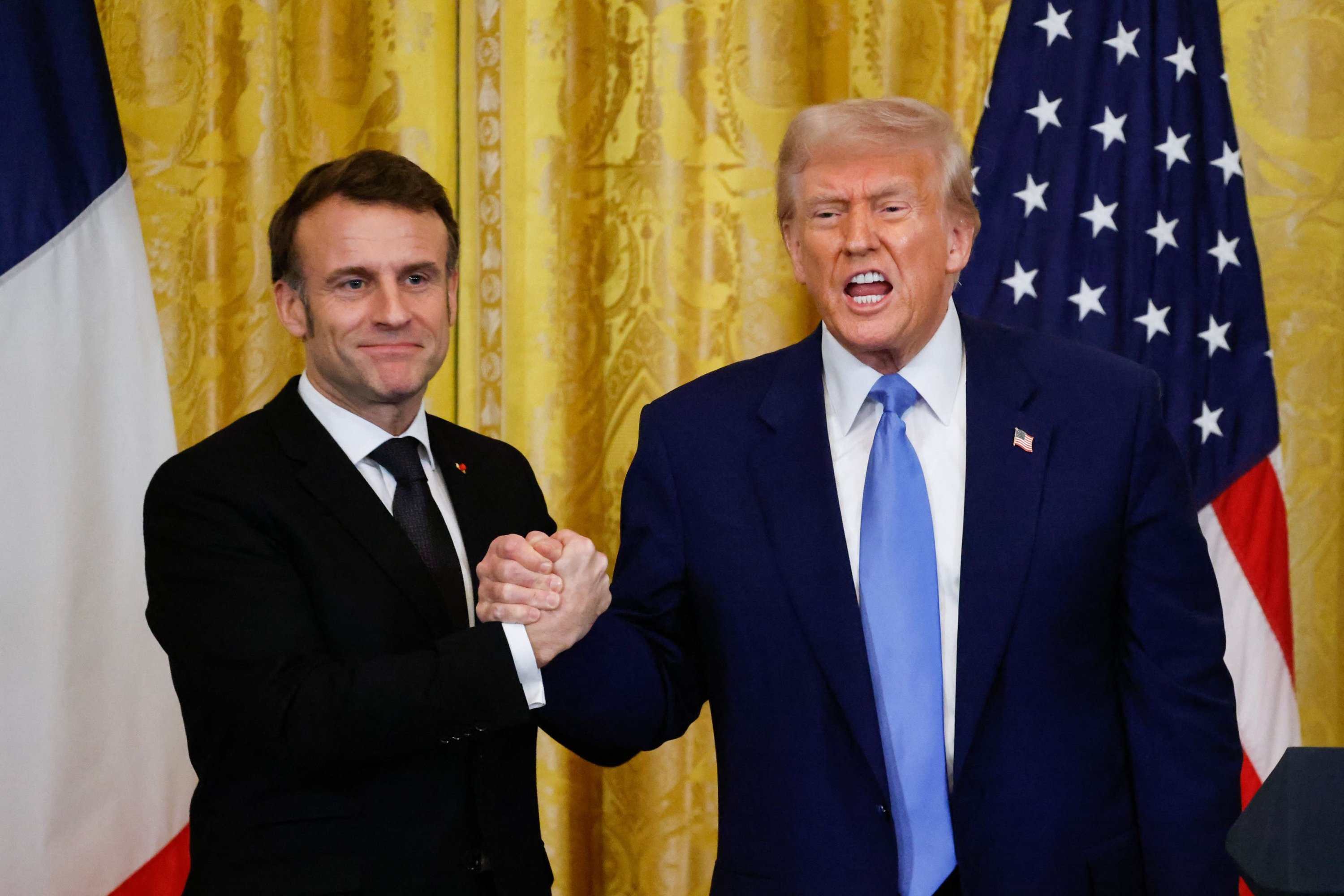
Ukraine at crossroads
Beyond the public displays, serious geopolitical stakes loomed. Their White House meeting coincided with the third anniversary of Russia’s invasion.
While Macron insisted that peace must not come at Ukraine’s surrender, Trump floated a radical approach – diplomacy with Russia and European peacekeepers on Ukrainian soil.
The proposal gained traction as Ukrainian President Volodymyr Zelenskyy met European leaders in Kyiv, urging for peace “this year.”
Early Tuesday, air raid sirens blared across Ukraine, with missile attacks injuring at least five and damaging multiple buildings. Poland scrambled military jets in response.
At the United Nations, the U.S. twice aligned with Russia on key votes, signaling a shift in Washington’s stance under Trump’s leadership.
“This peace cannot mean the surrender of Ukraine,” Macron declared.
While he acknowledged Trump’s desire to reengage with Russian President Vladimir Putin, Macron insisted that U.S. security guarantees must back any European peacekeeping force. He also pledged to collaborate with British Prime Minister Keir Starmer, due in Washington on Thursday, on a possible troop deployment to Ukraine.
“After speaking with President Trump, I fully believe there is a path forward,” Macron said.
Trump’s Moscow pivot
Trump’s diplomatic reset with Moscow is sending shockwaves through Europe. His assertion that the war could end in “weeks” raised eyebrows, as did reports of a looming meeting with Putin in Saudi Arabia.
“We could end it within weeks – if we’re smart,” Trump said, adding that Putin was open to European troops as part of a settlement.
However, his demands that Europe bear the financial burden of Ukraine’s future defense, coupled with his refusal to label Putin a dictator, have sparked unease. Trump even called Zelenskyy a dictator last week, a stark contrast to his neutral stance on Putin.
For his part, Putin appears to be biding his time. In a state TV interview Monday, he signaled a willingness to engage Europe in peace talks. He also noted ongoing contact between U.S. and Russian firms on economic projects – especially concerning Ukraine’s strategic minerals.
Zelenskyy, under increasing pressure, hinted that he might step down in exchange for peace and Ukraine’s eventual NATO membership.
Decisive break
Trump’s approach marks a break from traditional U.S. foreign policy.
On Monday, he dismissed past American strategy as “very foolish.”
His stance played out at the U.N., where the U.S. aligned with Moscow and North Korea in votes that sidestepped direct condemnation of Russia.
The Security Council later passed a U.S.-backed resolution that omitted any criticism of Moscow’s invasion – a development hailed by Trump’s team as a “landmark agreement.”

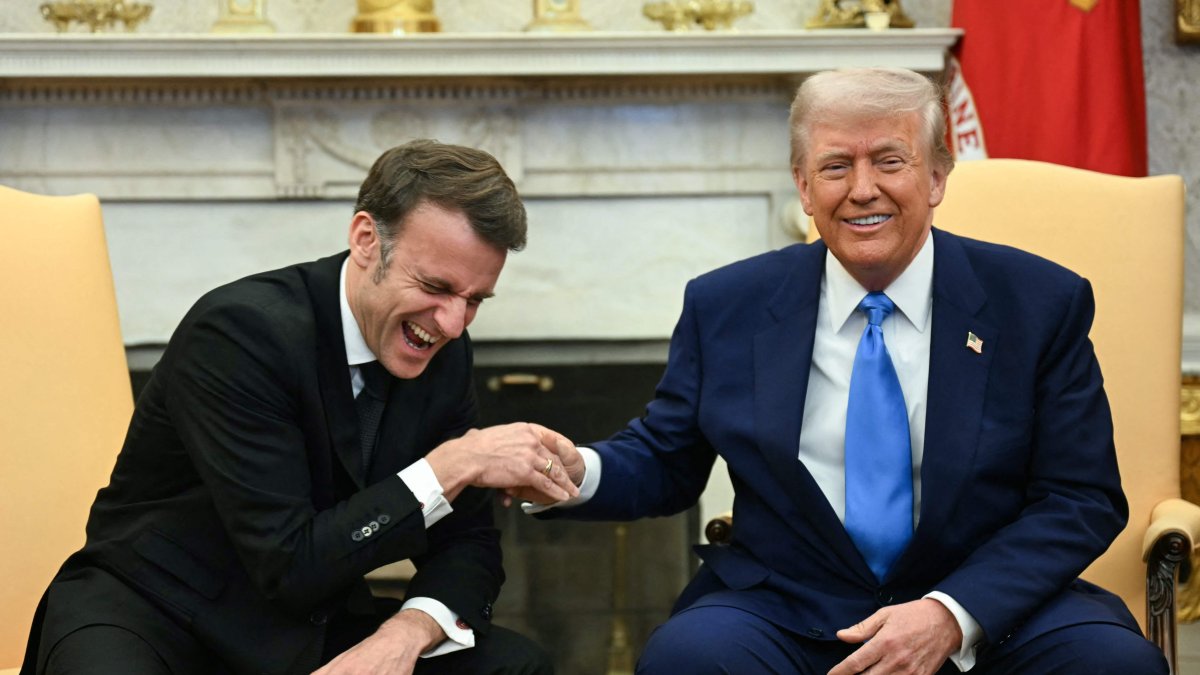
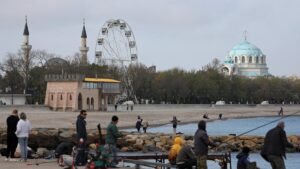
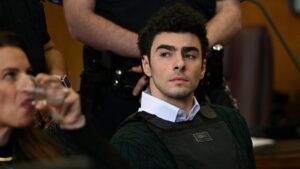


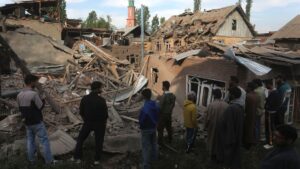
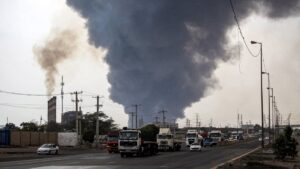



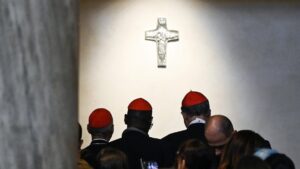
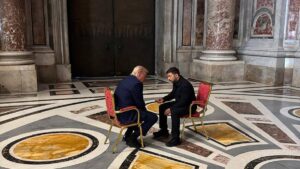




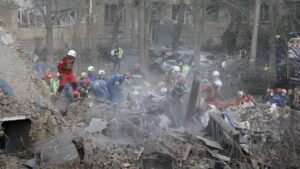



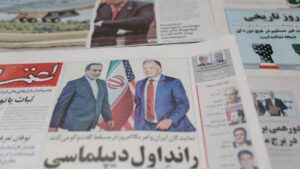
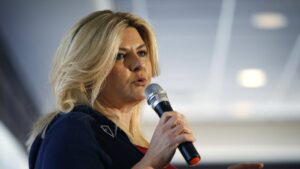


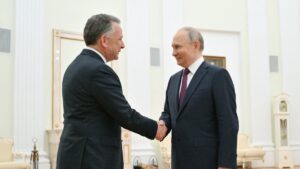
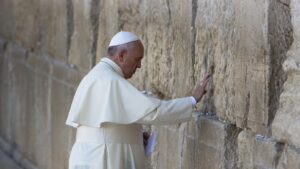
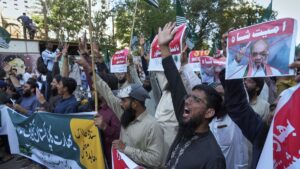


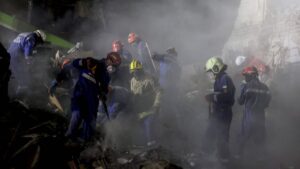

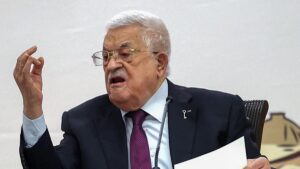
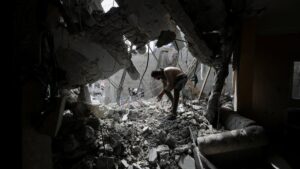

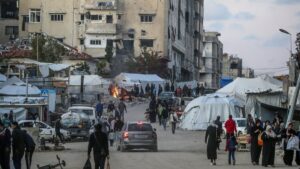

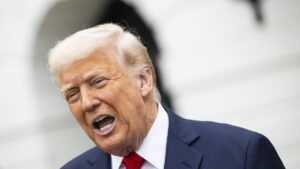


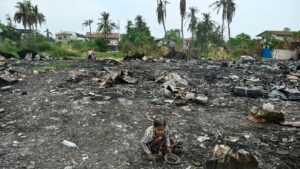
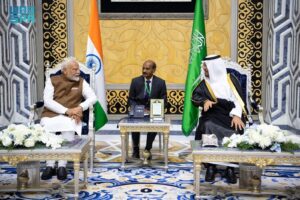

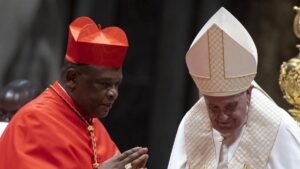

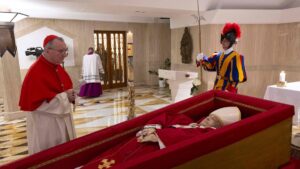
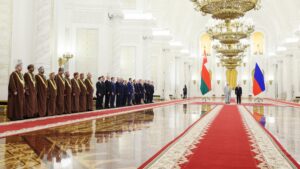


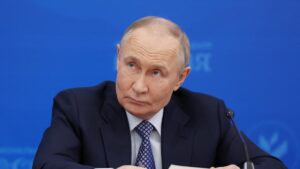

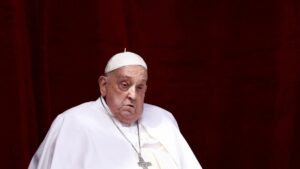
Be First to Comment